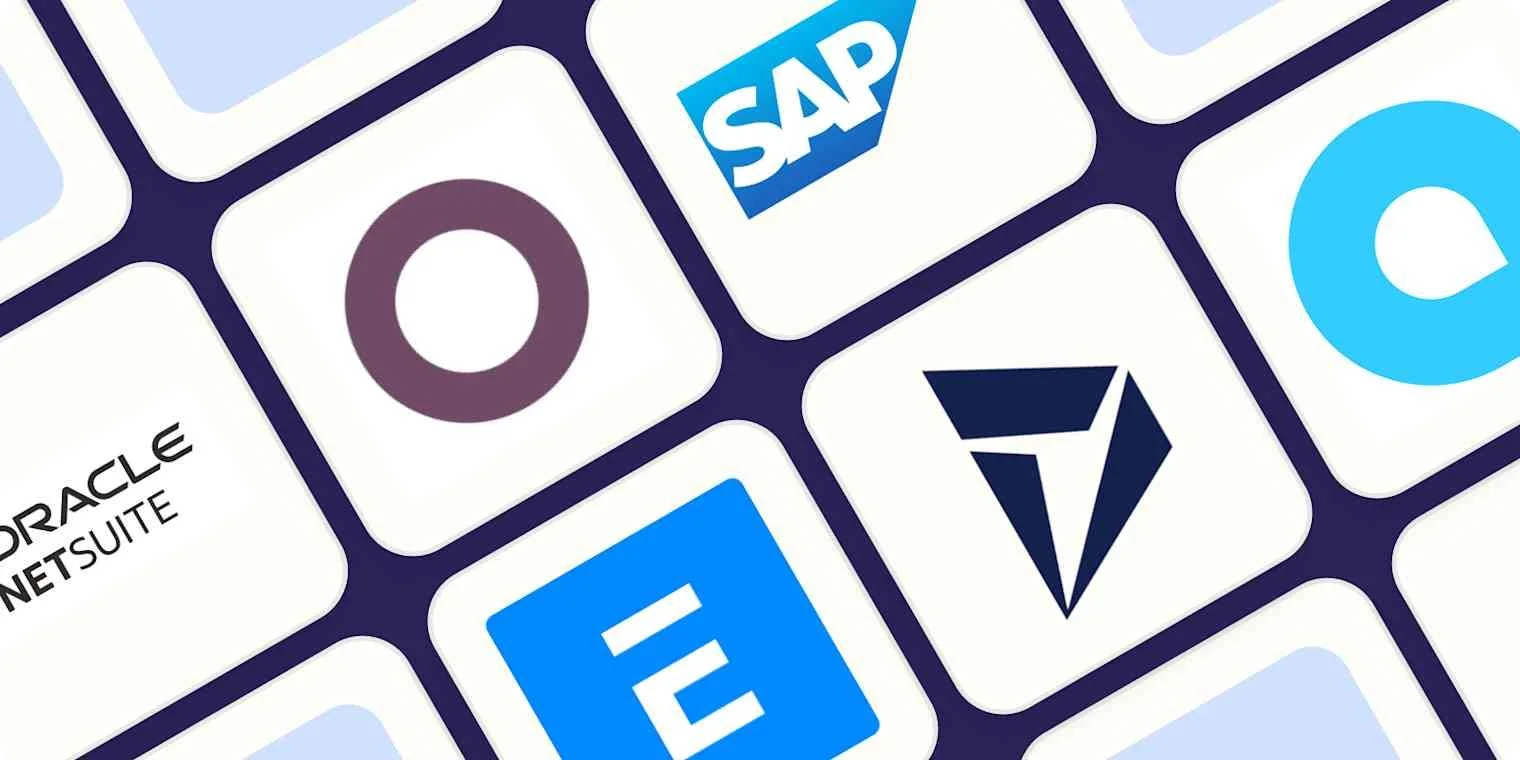If you’ve started researching ERP software, you’ve probably already run into articles titled “Top 5 ERP Systems for SMBs” or “Best ERP Software in 2025.” They’re everywhere — and often contradictory. One says NetSuite is perfect for every mid-market business. Another swears by Odoo. A third will mention Sage Intacct, Workday, or something you’ve never heard of.
Here’s the hard truth:
There is no such thing as the best ERP system.
There’s only the best-fit ERP system — for your unique business, industry, team, and goals.
And if you're feeling overwhelmed, you're not alone. ERP selection feels complex for a reason — it is. But with the right process and guidance, you can absolutely do this without hiring a $50,000 consultant.
Let’s walk through why the “top ERP” approach is flawed — and how smart companies actually select the right software.
Why There’s No “Best ERP”
And How to Find the Right One for Your Business…
The Myth of the “Best ERP”
The idea that there’s a single “best ERP” for all small or mid-sized businesses is appealing. It simplifies a complex decision. But it’s also misleading — and potentially very expensive.
Here’s why those top-5 lists fall short:
They ignore industry nuances. A distributor and a services firm have radically different needs.
They don’t factor in complexity. A 10-person firm needs a very different system than a 300-person one.
They assume one size fits all. But ERP software is not plug-and-play — what works well in one company may be a disaster in another.
Software vendors love these lists because they get clicks. But you deserve more than a marketing funnel.
ERP selection isn’t about features in isolation — it’s about aligning a system to your business model, processes, and future plans.
Here are just a few of the key variables that should guide your selection:
1. Industry and Sub-Industry
Do you manage inventory? Manufacture products? Track client projects? Have compliance requirements?
Different ERPs specialize in different verticals — even within the same industry.
2. Process Complexity
Are your operations simple and standardized, or customized and multi-step? Do you need deep manufacturing capabilities? Field service management? Multi-entity consolidation?
3. Deployment and IT Preferences
Do you want a cloud-native solution or are you okay with an on-premise setup? Will your team maintain integrations or do you need plug-and-play?
4. Budget and Growth Plans
Some ERPs are great for startups but won’t scale. Others are built for mid-market or enterprise but come with high costs and complexity.
5. Team and User Base
Are you buying for a team of 5 or 50? What departments need access — just Finance, or also Ops, Sales, and Warehouse?
What Actually Drives ERP Fit
What Can Go Wrong With the Wrong ERP
Here’s what we see far too often when companies skip the proper selection process:
They choose based on reputation — not requirements — and the system lacks critical functionality.
They rely on a slick demo — but later realize key workflows don’t fit their business.
They overspend on modules or customization they didn’t need.
They frustrate their team with poor user adoption and clunky interfaces.
In short: ERP regret is real — and expensive. But it’s avoidable.
How Professionals Actually Select ERP Systems
If you hired a consultant to guide your ERP selection, they wouldn’t start with vendor names. They’d start with a structured process:
Define your business profile and strategic goals
Document your detailed functional and technical requirements
Shortlist vendors based on real criteria — not marketing
Run a formal RFP (request for proposal)
Conduct scripted demonstrations to test real-world fit
Evaluate scoring, cost, references, and roadmap alignment
This is the same proven approach used by large companies — and yes, it works for smaller ones too.
You Don’t Need a $50K Consultant — You Need a Guide
We built the ERP Selection Guide for one reason: to give growing businesses a real, consultant-grade process without the price tag.
You’ll get:
A clear walkthrough of each phase of the process
Templates for gathering requirements, issuing an RFP, and scoring demos
A cost summary and checklist to stay in control of your evaluation
You don’t have to rely on marketing fluff or guesswork. With the right tools, you can evaluate ERP software like a pro — and make a confident, informed decision.
Final Thoughts
The truth is, the best ERP system for your business probably isn’t on a random internet list.
It’s the one that aligns with your processes, priorities, and future.
You don’t need to become an ERP expert overnight. You just need the right structure — and a little help from someone who’s done it before.
Download the ERP Selection Guide and take the next step toward a confident, informed decision.




